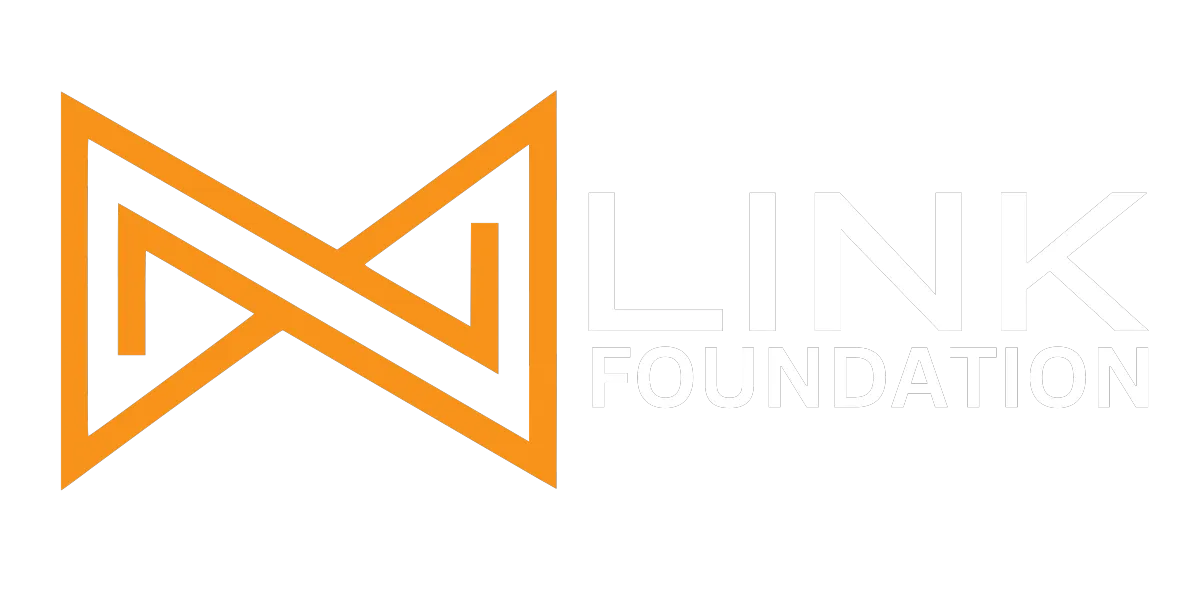
Human Identity vs. Machines: Redefining the “Self” in a World with Non-Human Intelligences
🎧 Listen to this article:
English
Spanish
⏱️Estimated reading time: 5 - 7 minutes
Human Identity vs. Machines: Redefining the “Self” in a World with Non-Human Intelligences
Introduction
The expansion of artificial intelligence (AI) and intelligent machines is radically transforming our notion of identity. Today, we not only share tasks with algorithms but also coexist with systems capable of learning, creating, and deciding. This interaction redefines psychology’s most basic question: Who am I?
The Transformation of the “Self” in the Technological Era
Traditionally, the “self” was understood as a relatively stable biological and rational entity. However, with the arrival of AI, this definition begins to falter. According to Chavarría Alfaro (2015), posthumanism argues that identity is no longer fixed but rather a dynamic process shaped by technology.
A simple example: in the past, writing an essay or creating a design depended solely on personal ability. Today, students and creatives can use tools like ChatGPT or MidJourney to expand their ideas. The outcome is a hybrid product: part human, part machine.
This phenomenon connects with the notion of transhumanism: the integration of biotechnologies, smart prosthetics, or AI that expand our abilities beyond biology (Lamb & Higgins, 2020). A smartwatch that tracks emotions or a hearing implant that translates in real time are not just devices — they are extensions of identity.
Psychological Perspective: How AI Reshapes the Mind and Identity
Psychology today studies how AI acts as cognitive support, giving rise to what Infobae (2025) calls Augmented Human Intelligence (AHI). In practice, this means we can make better decisions or create faster thanks to collaboration with algorithms.
Example: a doctor using AI to interpret X-rays does not lose professional identity; instead, they amplify it with an extended mind that includes the machine.
However, these benefits come with risks:
Anxiety and cognitive fatigue: constant notifications, data overload, and automated decisions generate mental exhaustion (Gallegos, 2024).
Authenticity in question: is my voice on social media genuine if an AI drafts the content?
Technological overstimulation: studies by Røed et al. (2023) warn that excessive digital interaction can harm concentration and emotional well-being.
The paradox is clear: AI can help us become more productive and creative but can also trigger identity crises and psychological distress.

Human-Machine Interaction and Its Social Repercussions
Beyond the individual, identity is being redefined within a hybrid social ecosystem where humans and machines co-construct knowledge.
Example: streaming platforms like Netflix don’t just provide content — they shape tastes and collective conversations through recommendation algorithms. As a result, part of “who I am” is defined by what the machine suggests and how my digital community validates it.
This creates what Infobae (2025) calls an expanded unit of thought: we no longer think alone but in collaboration with non-human intelligences. The challenge is enormous: we must rethink education, ethics, and interpersonal relationships in this shared reality.
Strategies to Face the Redefinition of the “Self”
For hybrid identity to be an opportunity rather than a threat, profound changes are needed:
1. Educate for Critical Thinking and Creativity
Teach people to use AI as an ally, not as a substitute. For example, instead of turning in essays written entirely by AI, encourage students to compare their own work with machine-generated texts and reflect on the differences.
2. Promote Human-Centered Digital Ethics
According to Floridi (2021), it is essential to place humans at the center of technological design. In digital marketing, this means being transparent when using chatbots or avatars and ensuring personal data protection.
3. Support Emotional Well-Being
Acknowledge the psychological effects of digital overexposure. Example: organizations offering “tech breaks” in the workplace to reduce anxiety and encourage more authentic interactions.
Comparative Table: Traditional Human Identity vs. Identity in the AI Era
Conclusion
Human identity in the face of intelligent machines is not a battle of substitution but a profound redefinition. The “self” becomes hybrid, dynamic, and complementary to AI. This metamorphosis invites us to rethink what it means to be human in an era where creativity, cognition, and social interaction are shared with non-human intelligences.
The challenge is not only technical but also psychological and ethical: preserving autonomy, dignity, and emotional well-being while seizing the opportunities of an augmented mind.
Discover More: Art, Emotion & the Human Soul
👉 Where does art end and the human soul begin in the age of AI? Start the conversation here:Art, Emotion & AI🚀
References
Chavarría Alfaro, G. (2015). Posthumanism and Changes in Human Identity. SciELO.
Lamb, R., & Higgins, M. (2020). Studies on Transhumanism and Ethics.
Gallegos, M. C. J. (2024). The Digital Mind: A Psychosocial Analysis of AI. Dialnet.
Floridi, L. (2021). Human-Centered Digital Ethics.
Infobae (2025). The Fifth Industrial Revolution: Generative AI and Augmented Human Intelligence.
Røed, M. et al. (2023). Studies on Mental Health and Digital Technologies.





